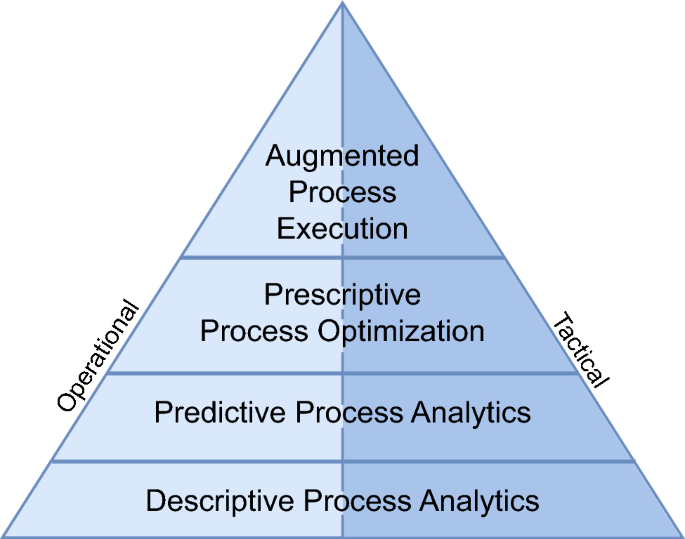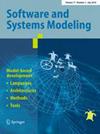从流程挖掘到扩展流程执行
IF 3.2
3区 计算机科学
Q3 COMPUTER SCIENCE, SOFTWARE ENGINEERING
引用次数: 0
摘要
业务流程管理(BPM)是一个完善的规程,包含一组用于持续改进业务流程性能的原则、方法、技术和工具。传统上,大多数BPM决策和活动都是由业务涉众基于手动数据收集和分析技术进行的。这很耗时,并且可能导致次优决策,因为只考虑数据和选项的有限子集。在过去的几十年里,已经出现了一组丰富的数据驱动技术来支持和自动化跨BPM生命周期的各种活动和决策,特别是在流程挖掘领域。最近,对BPM的人工智能(AI)方法的采用导致了一系列用于主动业务流程监控的方法。鉴于它们共同的数据需求和重叠的目标,流程挖掘和人工智能驱动的业务流程优化方法正在融合。这种融合导致了一个有前途的新兴概念,我们称之为(AI-)增强流程执行:一组数据分析和人工智能方法,用于持续和自动化地改进和适应业务流程。本文概述了流程挖掘和人工智能驱动的流程优化之间的交叉研究,根据其范围和目标对所研究的技术进行了分类,并将增强流程执行作为该堆栈顶部的附加层。本文章由计算机程序翻译,如有差异,请以英文原文为准。

From process mining to augmented process execution
Abstract Business process management (BPM) is a well-established discipline comprising a set of principles, methods, techniques, and tools to continuously improve the performance of business processes. Traditionally, most BPM decisions and activities are undertaken by business stakeholders based on manual data collection and analysis techniques. This is time-consuming and potentially leads to suboptimal decisions, as only a restricted subset of data and options are considered. Over the past decades, a rich set of data-driven techniques has emerged to support and automate various activities and decisions across the BPM lifecycle, particularly within the process mining field. More recently, the uptake of artificial intelligence (AI) methods for BPM has led to a range of approaches for proactive business process monitoring. Given their common data requirements and overlapping goals, process mining and AI-driven approaches to business process optimization are converging. This convergence is leading to a promising emerging concept, which we call (AI-)augmented process execution : a collection of data analytics and artificial intelligence methods for continuous and automated improvement and adaptation of business processes. This article gives an outline of research at the intersection between process mining and AI-driven process optimization, classifies the researched techniques based on their scope and objectives, and positions augmented process execution as an additional layer on top of this stack.
求助全文
通过发布文献求助,成功后即可免费获取论文全文。
去求助
来源期刊

Software and Systems Modeling
工程技术-计算机:软件工程
CiteScore
6.00
自引率
20.00%
发文量
104
审稿时长
>12 weeks
期刊介绍:
We invite authors to submit papers that discuss and analyze research challenges and experiences pertaining to software and system modeling languages, techniques, tools, practices and other facets. The following are some of the topic areas that are of special interest, but the journal publishes on a wide range of software and systems modeling concerns:
Domain-specific models and modeling standards;
Model-based testing techniques;
Model-based simulation techniques;
Formal syntax and semantics of modeling languages such as the UML;
Rigorous model-based analysis;
Model composition, refinement and transformation;
Software Language Engineering;
Modeling Languages in Science and Engineering;
Language Adaptation and Composition;
Metamodeling techniques;
Measuring quality of models and languages;
Ontological approaches to model engineering;
Generating test and code artifacts from models;
Model synthesis;
Methodology;
Model development tool environments;
Modeling Cyberphysical Systems;
Data intensive modeling;
Derivation of explicit models from data;
Case studies and experience reports with significant modeling lessons learned;
Comparative analyses of modeling languages and techniques;
Scientific assessment of modeling practices
 求助内容:
求助内容: 应助结果提醒方式:
应助结果提醒方式:


